Top NFT Marketplaces in 2022
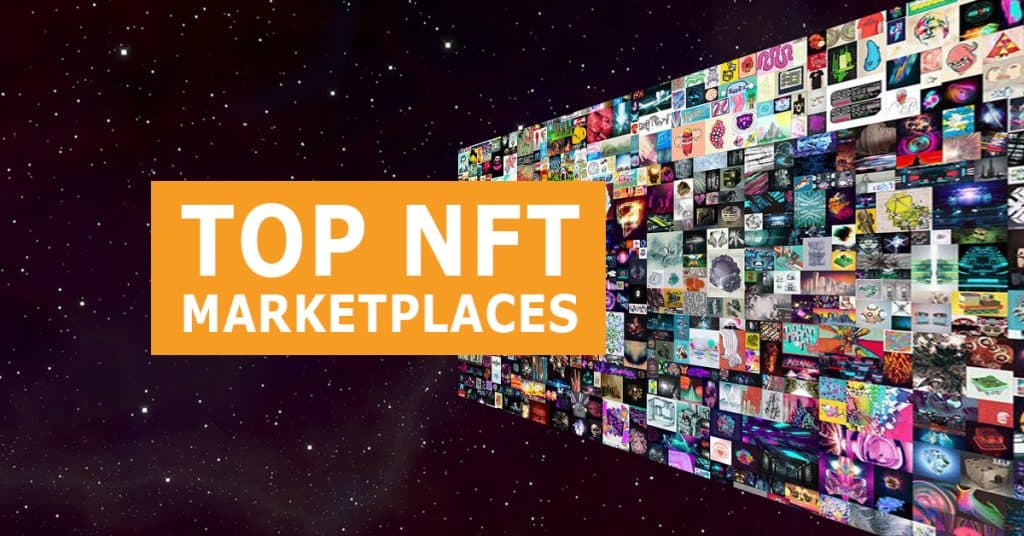
If you’re shopping for NFTs there are now multiple marketplaces across several blockchains, and sometimes dealing in specific niches. It can be a little confusing at first glance, but here are some of the top NFT marketplaces and what they have to offer.
OpenSea
Image credits: OpenSea
OpenSea is the default NFT marketplace, where most people start (and often stay), and which set the template for its competitors. It supports NFTs on Ethereum, Solana, Polygon and the less well known Klatyn. Basically, if you’re into NFTs, you will almost certainly be spending some time at OpenSea.
LooksRare and X2Y2
Image credits: LooksRare
The two main challengers to OpenSea’s dominance of the Ethereum NFT scene are LooksRare and X2Y2, both of which launched this year, have token incentives, and are decentralized. However, neither has as yet looked like a long-term threat to OpenSea.
Sudoswap
Image credits: Sudoswap
There has been growing interest lately around Sudoswap, which takes a new approach to NFT trading and could prove disruptive. Sudoswap is fully on-chain and uses an automated market maker (AMM) protocol, which is familiar in the world of DeFi.
This means increased liquidity and the capacity to create pools for buying and selling collections along customized price curves, along with the ability to provide liquidity to pools and earn fees.
Also of note is that trading fees on Sudoswap are only 0.5% (compared to 2.5% on OpenSea), while creator royalties are bypassed completely. That latter point is controversial as it means that creators lose out on income, and it remains to be seen what the longer term consequences of that might be if Sudoswap continues to grow.
Art marketplaces on Ethereum
Image credits: Async Art
While OpenSea sells all kinds of NFTs, including art, some marketplaces are designed specifically for artists to auction their work and for collectors to hone in on the art scene.
If you’re interested in art and design, or simply investing in artistic collectibles, you can browse through and follow artists who catch your attention. NFTs on these marketplaces are sold through auctions, and there’s always the possibility of picking up on new artists early.
The two major art marketplaces are Foundation and SuperRare, while Async Art allows for a dynamic creative process in which NFTs can be broken down into purchasable layers that can then be manipulated by their owners.
Art marketplaces on Solana
Image credits: Formfunction
There is a burgeoning art scene on the Solana blockchain too, and in some ways the Solana marketplaces come across as more accessible than their Ethereum counterparts.
The site designs have good immediate impact and usability, Solana won’t rinse you for sky-high gas fees, and–most critically–there are some amazing artists and designers selling their creations.
The places to start are Exchange and Formfunction, where you’ll be bidding auction style for NFTs, and you might want to follow the LeDao collective to keep up with new artistic activity.
Magic Eden
Image credits: Magic Eden
Sticking to Solana, there’s Magic Eden, which is the Solana equivalent of OpenSea. If you’re looking for all kinds of Solana NFTs then this is the major marketplace. It also has an NFT launchpad, which is a safe way to find new projects since to use the launchpad developers have to doxx their identities, either publicly, or at least internally to Magic Eden.
Despite OpenSea having extended support to Solana earlier this year, Magic Eden remains the most popular place to buy and sell Solana NFTs. Also, Magic Eden just announced that it will soon integrate Ethereum NFTs, so it will be interesting to see how that plays out.
Tezos Marketplaces
Image credits: Teia
The major marketplace for the Tezos blockchain is Objkt, which operates similarly to OpenSea, but–due to the Tezos NFT scene having become heavily art-oriented–it leans much more towards art projects.
For a specialized art marketplace on Tezos there is Teia, which, compared to art platforms on Ethereum and Solana, is more avant garde in both UI/UX and content.
JPG Store
Image credits: JPG Store
Moving over to Cardano, its equivalent of OpenSea and Magic Eden is called JPG Store. It has sometimes felt as though Cardano NFT tools were playing catch up with competitors on other chains, but JPG Store has created a smooth, easy-to-use product and, like Magic Eden, has implemented a launchpad for new projects.
Joepegs
Image credits: Trader Joe
The Avalanche NFT scene is smaller and at an earlier stage than those on the other blockchains mentioned here, but it’s growing, and the major marketplace is Joepegs, which has been developed by the Trader Joe DEX team and has its own launchpad.
Coinbase NFT
Image credits: Amber Vittoria
Mention must go to Coinbase since it’s such a huge name in crypto, but the reality is that its entry into NFTs was an anti-climax. Since launching, its marketplace has been largely overlooked by the NFT community, who continue to trade on dedicated NFT platforms.
The hope was that Coinbase would onboard a crowd of NFT newcomers eager to spluge their hard-earned ETH into the JPG merry-go-round, but that bag-pumping vision has yet to unfold.
GameStop
Image credits: GameStop
As it launched soon after Coinbase’s marketplace, gaming and electronics retailer GameStop’s NFT platform was always going to draw comparisons, and the outcome so far is that it has come off better.
GameStop’s NFT platform uses the Loopring Layer 2, which means lower costs for transactions. It will also soon integrate Immutable X NFTs, and there are many blockchain gaming projects being developed using Immutable X’s Layer 2 protocol.
By the way, if you visit Immutable X’s own marketplace, it currently has an open-ended trading rewards program allowing users to earn the IMX token.
Off the beaten track
Image credits: Hint of Mint
For somewhere new and less well known, try Hint of Mint, which operates as a kind of NFT boutique featuring work from selected artists. The curated collections are high quality, and it runs on Polygon, so you’ll avoid paying high gas fees.
This list is far from comprehensive, and the more you explore NFTs, the more platforms you’ll find. You could easily use nothing other than OpenSea, but when you dip into smaller ecosystems you can sometimes find unexpected opportunities.

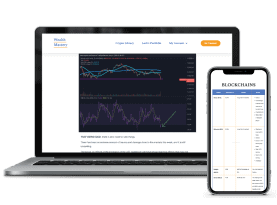



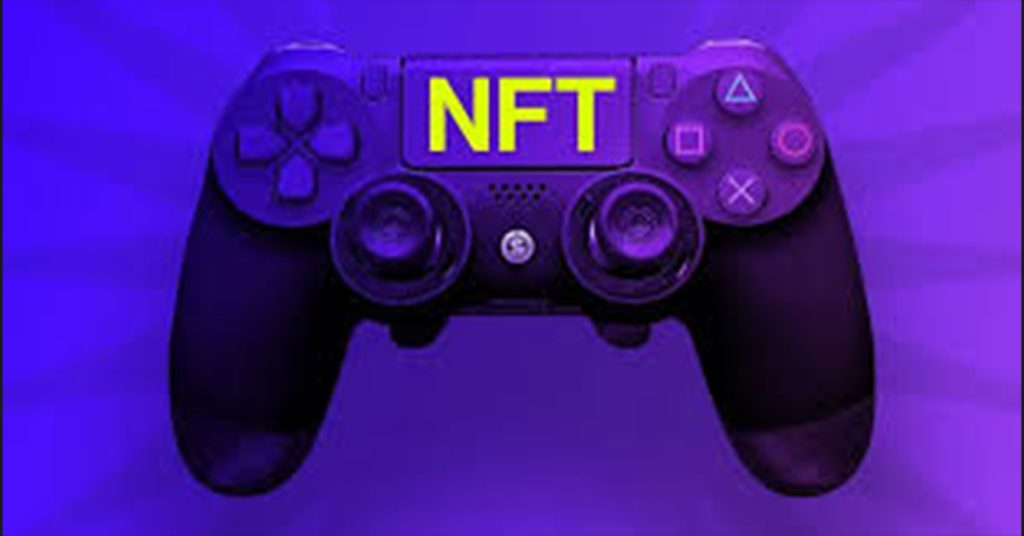
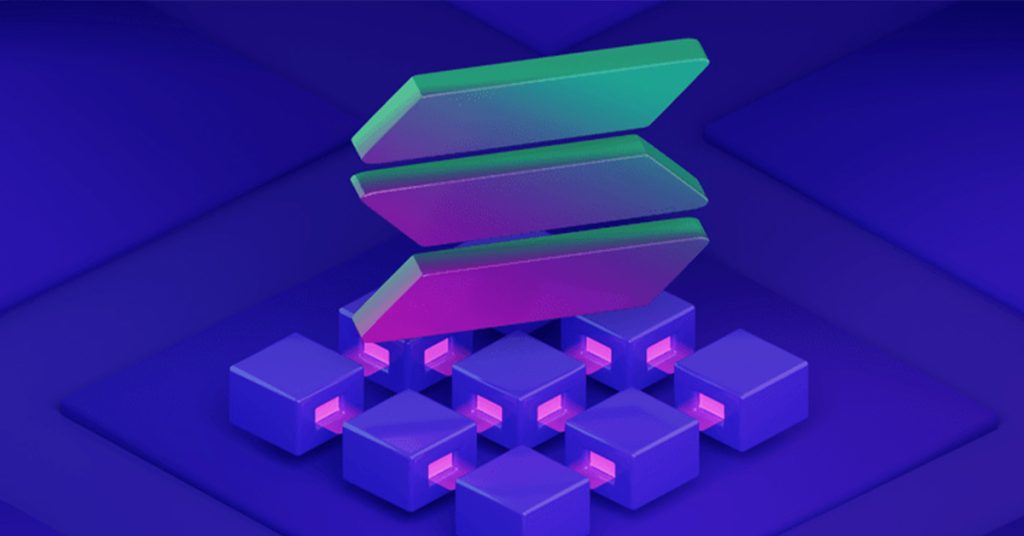
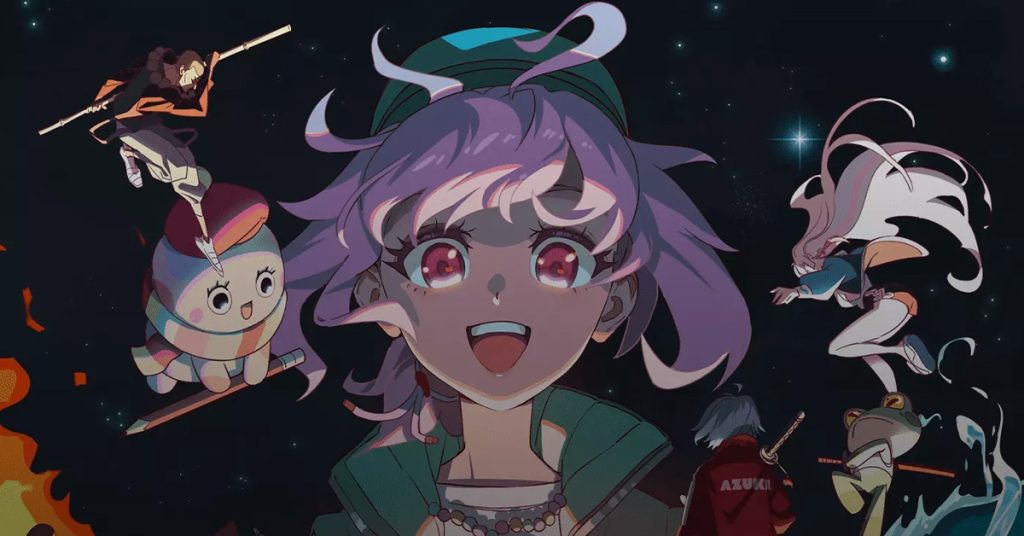
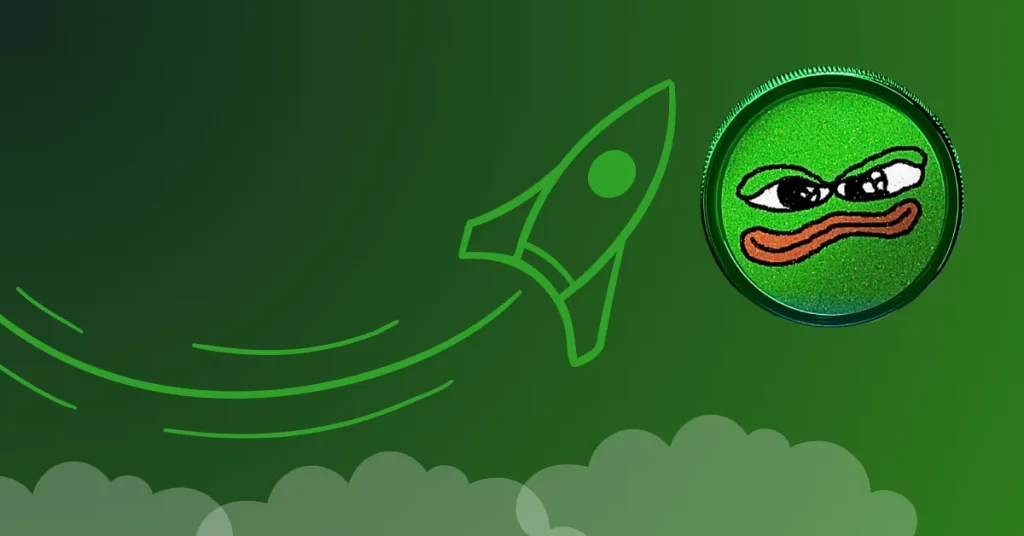

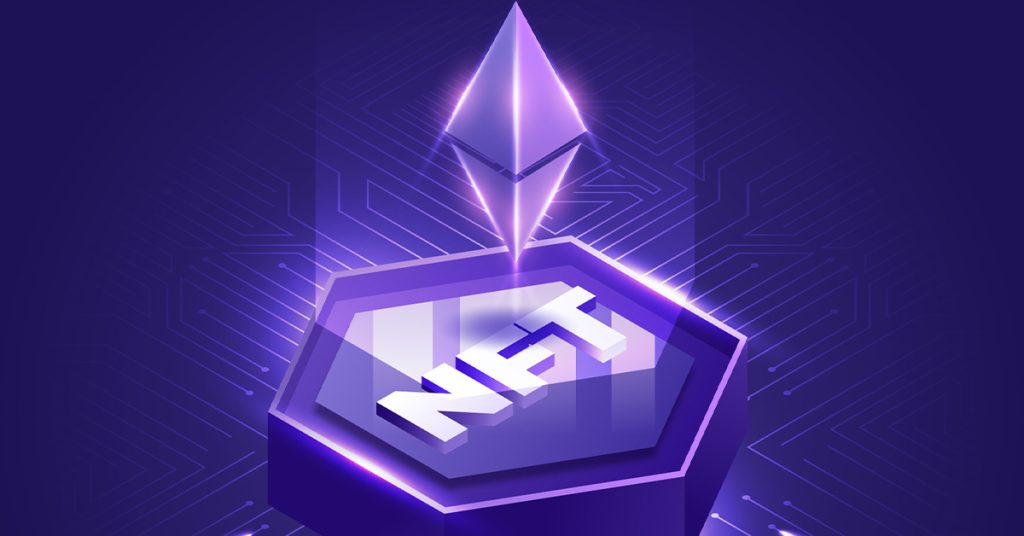
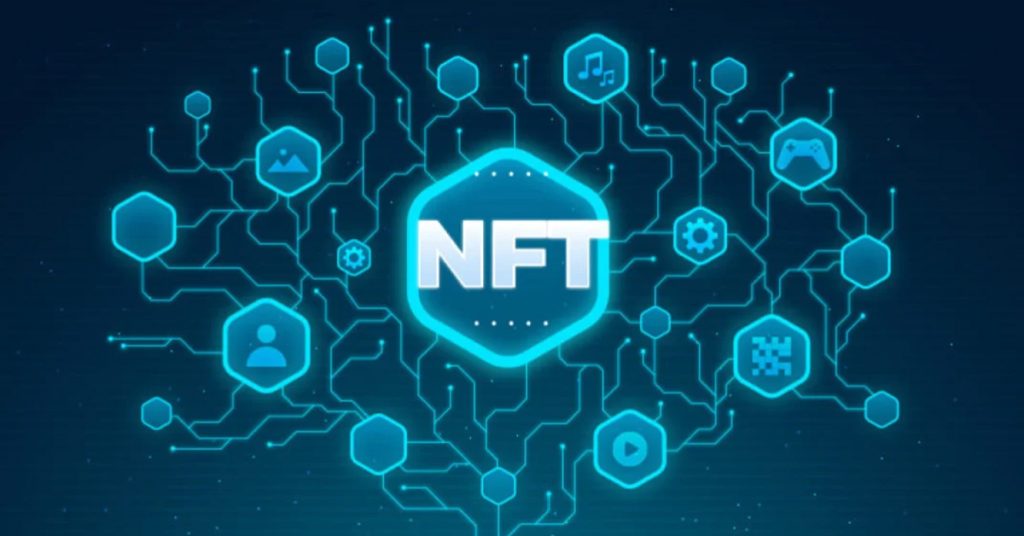
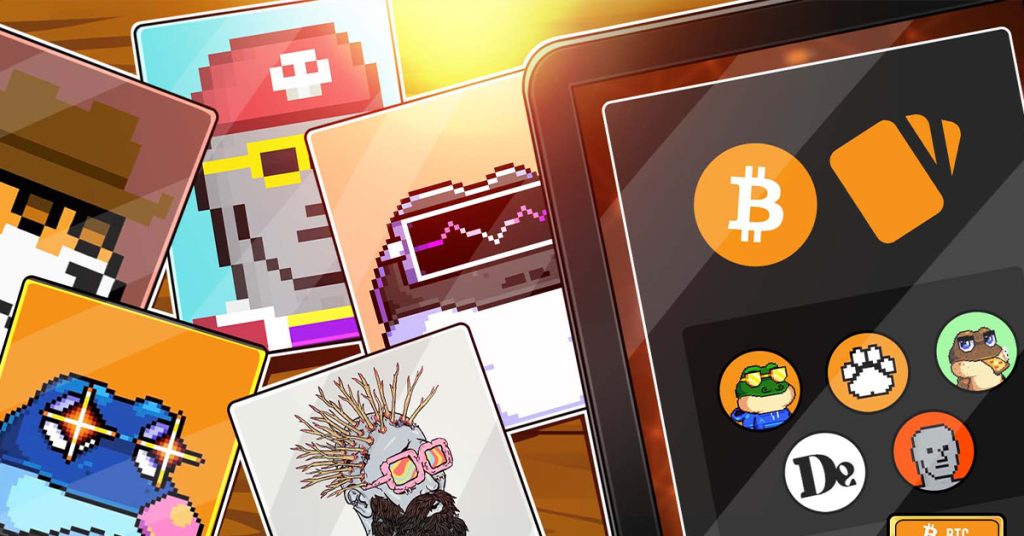

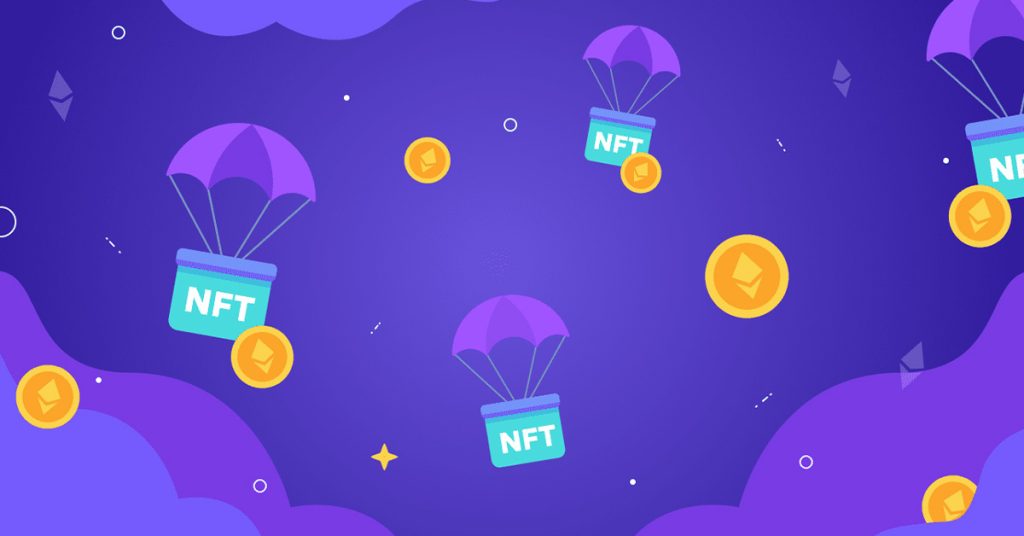
Responses